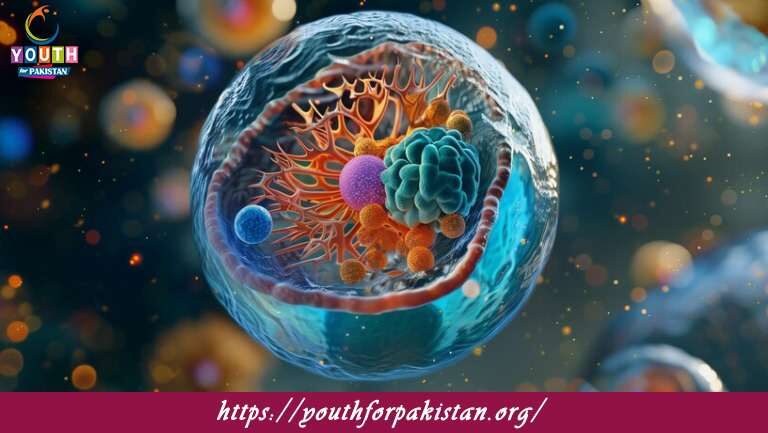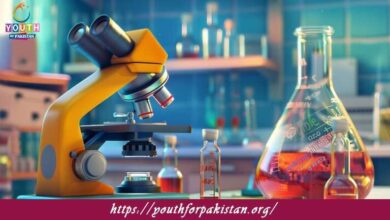11th Class Biology Chapter 7 Quiz with Answers

“11th Class Biology Chapter 7 Quiz: The Kingdom Protista” explores a very diverse group of eukaryotic organisms, acting as a bridge between the simple unicellular life forms and complex multicellular organisms. This chapter is indispensable for MDCAT students to understand the evolutionary significance and ecological roles of protists. Our MDCAT Quiz for this chapter is designed to help students grasp these key concepts and prepare for related exam questions.
The chapter starts with the introduction of Protista, a kingdom that includes mostly unicellular but sometimes colonial or multicellular eukaryotic organisms. Students will learn about their defining characteristics, which include having a true nucleus, membrane-bound organelles, and diverse modes of nutrition and reproduction. Protists are classified into three major groups based on their characteristics: protozoa, algae, and slime molds.
The first group, Protozoa, is the animal-like protists, which includes Amoeba, Paramecium, and Plasmodium. Generally, these are heterotrophic organisms that are motile by means of structures like cilia, flagella, or pseudopodia. It further explains their roles in the ecosystem and their medical importance, especially the diseases they cause, like malaria by Plasmodium.
The second group, algae, consists of plant-like protists that include Euglena, Chlamydomonas, and Diatoms. These organisms, being autotrophic, carry out photosynthesis and contribute to a great deal of the world’s oxygen. Students will be engaged in learning about their importance in aquatic ecosystems as primary producers and their economic value in industries like biofuel and food production.
The third group is the slime molds; these are fungi-like protists. These organisms have very interesting behaviors: under some stages of their life cycle, they form multicellular structures. Their role in decomposition and nutrient cycling is emphasized.
MDCAT Quiz: Test Your Knowledge of The Kingdom Protista
Our MDCAT Quiz for Chapter 7 challenges students with questions on protozoa, algae, slime molds, and their ecological and medical significance. This quiz helps reinforce your understanding of protists and prepares you for MDCAT questions on this topic.
- Test Name: 11th Class Biology Chapter 7 Quiz
- Type: Quiz Test
- Total Questions: 30
- Total Marks: 30
- Time: 30 minutes
Note: Answer of the questions will change randomly each time you start the test, once you are finished, click the View Results button.
Free Flashcards for The Kingdom Protista
Revise effectively with free flashcards for Chapter 7. The flashcards cover the main topics including protozoan structures, types of algae, protist reproduction, and disease-causing protists. Use flashcards for quick revision and to strengthen your preparation for the MDCAT exam.

What is the term for the process by which some protists exchange genetic material through direct contact?
Conjugation

What is the term for the process by which some protists produce offspring through asexual reproduction?
Binary fission

What is the term for the process by which some protists absorb dissolved nutrients from their environment?
Osmosis

What is the term for the process by which some protists exchange genetic material through direct contact?
Conjugation

What is the term for the process by which some protists produce offspring through asexual reproduction?
Binary fission
Experience the real exam environment with our expertly designed collection of over 25,000 MCQs MDCAT Mock Tests.





